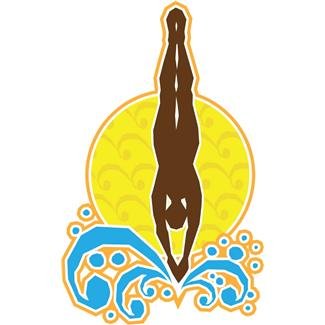An estimated 50% of the world population is likely to be vitamin D deficient. Summer months are a good time to turn that around. But when seasons change, it is a good time to consider what this means for you continuing a Vitamin D supplementation regimen.
For much of the country, summer is the time of year when the sun shines and people head outside to soak up its warm rays. An individual is capable of producing greater than 10,000IU of vitamin D daily. Yet, there are many factors that actually influence the total amount of vitamin D available. Continued supplementation may be necessary even in these warmer, brighter months.
There are many factors affecting vitamin D production in the body, the most well known being the angle of the sun's rays.
- The angle of the sun's rays is affected by the time of day, season and latitude.
- These factors in turn determine the amount of UVB exposure that reaches the skin and, ultimately, stimulates vitamin D production in the body.
- UVB rays are the portion of light that stimulate vitamin D production and are diffused during the early and latter parts of the day, during winter months and incrementally in latitudes north of the equator.
- Skin type is another factor when considering vitamin D production by the body.
- Individuals with darker skin pigmentation require longer sun exposure time for vitamin D synthesis.
- The combined factors of skin type, latitude and season must all be factored into determining the necessary length of sun exposure time for an individual to produce optimal amounts of vitamin D.
At noon in Miami, an individual with skin type III (fair with mild burning potential) would require approximately 6 minutes to synthesize 1000 IU of vitamin D in summer and 15 minutes in winter. Skin type V (dark-toned skin with rare burning) would need around 15 and 29 minutes, respectively.

In addition to the factors discussed above, many people use sunscreens that, even at a minimal sun protection factor of 8, can block 95% of UVB rays.
Optimal vitamin D production necessitates 40% of the entire skin surface be exposed when outdoors with the torso having the largest capacity for production and the face the least.
For those individuals under the age of 20 and over the age of 60, vitamin D production can take quadruple the amount of time than it does for the rest of the population!
Other culprits blocking UVB rays include clouds, air pollution and glass. The warm sun may be a welcome sight through the office window, but it's not contributing to vitamin D production without direct skin exposure.
UVB tanning beds are a viable direct exposure option, however they are costly and overuse is associated with accelerated aging of the skin and increased risk of skin cancers. Just as outdoor exposure does not require tanning or reddening of the skin to stimulate vitamin D production, neither does exposure by tanning beds.
Considering the above factors--and after adding the periodic monitoring of your vitamin D levels with baseline testing--you can increase the quality of your life balanced with the right amount of sun exposure while you play on the beach.
_________________________________________
References:
www.labrix.com
Vasquez M.D., et.al. "The Clinical Importance of Vitamin D (Cholecalciferol): A Paradigm Shift with Implications for all Healthcare Providers." Alternative Therapies; Sept/Oct 2004. Vol 10. No. 5

